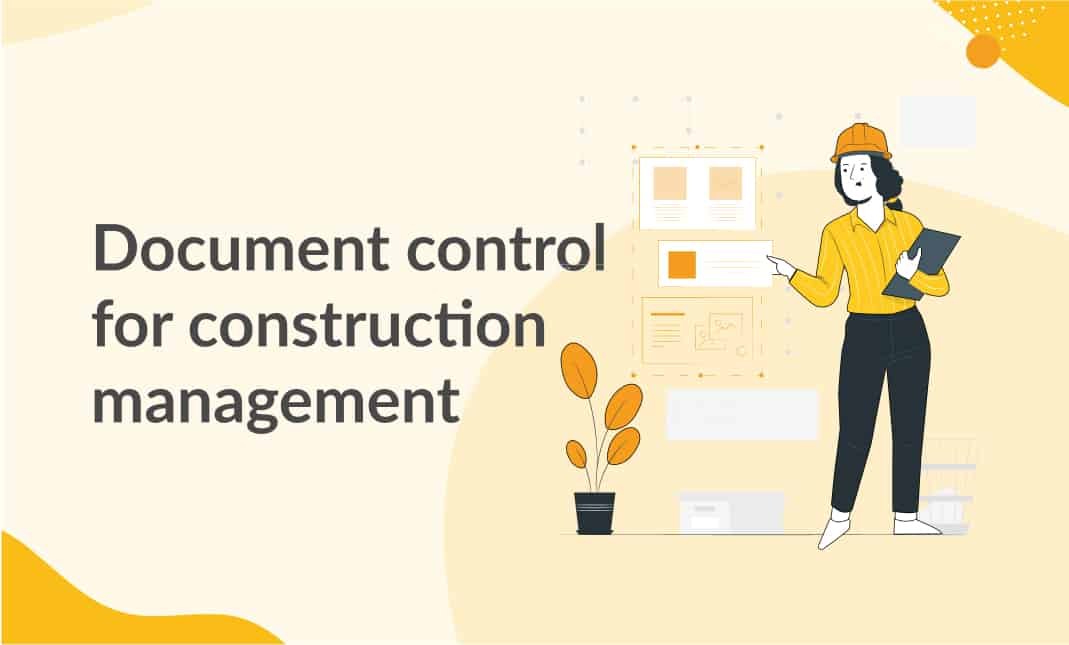Enhancing Workflow Effectiveness: Architect's Expert Techniques for Construction Document Monitoring
In the world of architectural layout and construction, the thorough administration of files stands as a keystone for task success. These methods not just make certain smooth task progression but additionally hold the crucial to unlocking improved productivity and accuracy in the complex realm of building and construction record monitoring.
Secret Paper Company Strategies
When managing building and construction documents, one of the vital strategies that architects employ is establishing a effective and systematic company system. This system usually includes classifying documents based upon their type, such as illustrations, specifications, contracts, and permits. By creating unique and clear categories, architects can quickly situate specific details when needed, conserving time and decreasing mistakes in the building and construction process.
Within each category, architects better organize documents by making use of or developing subfolders numbering systems to signify variations or alterations (construction document management). This ordered framework makes certain that the most relevant and current details is easily obtainable while maintaining a document of changes made throughout the job timeline
Furthermore, architects frequently make use of digital record monitoring platforms that use features like keyword search functions, version control, and gain access to limitations to enhance company and cooperation amongst job stakeholders. These tools enhance the document retrieval procedure, promote real-time updates, and assist in smooth interaction, eventually contributing to the total success of the building and construction job.
Collaborative Platform Integration
To maximize record administration effectiveness in construction tasks, architects effortlessly integrate collective platforms to improve interaction and enhance control amongst task stakeholders. By leveraging collective systems such as task administration software application, cloud-based storage systems, and interaction tools, engineers can create a centralized hub for all project-related papers and communication networks. These systems enable team members to accessibility, review, and collaborate on files in real-time, decreasing hold-ups and the danger of errors related to conventional paper administration techniques.
Collaborative system assimilation likewise promotes transparency and responsibility within the project team, as all stakeholders have visibility into the most up to date task updates and alterations. By systematizing interaction and document sharing, architects can make certain that all group participants are functioning from one of the most current information, reducing the opportunities of conflicts or misunderstandings emerging because of obsolete papers.
Moreover, joint systems enable seamless collaboration between designers, contractors, customers, and other project stakeholders, advertising an extra cohesive and reliable project process. By breaking down communication barriers and helping with information exchange, designers can drive performance and innovation in building and construction jobs, eventually causing effective task end results.
Variation Control Best Practices
Applying reliable version control methods is vital for keeping document accuracy and consistency in building projects. By establishing a clear system for taking care of modifications, project teams can make sure that every person is functioning from one of the most current documents, minimizing the threat of errors and disparities throughout the building phase.
Among pop over to this web-site the crucial finest methods for version control is to designate distinct identifiers to every paper variation. This can be achieved by using a numbering system or date stamp that clearly indicates the order of alterations. By clearly classifying each version, employee can easily track the progression of the paper and determine one of the most recent version.

Automation Tools for Efficiency

Document control software, like Procore or PlanGrid, systematizes job paperwork, making it easily obtainable to all stakeholders. These platforms permit real-time partnership, version control, and automated backups, securing versus information loss. Furthermore, Structure Details Modeling (BIM) software automates the generation of construction drawings and guarantees that changes are integrated throughout all associated documents.
Incorporating automation tools with cloud storage options additionally enhances availability and security. By automating the paper monitoring process, job teams can focus their effort and time on value-adding activities, eventually improving efficiency and task results.
Secure Information Monitoring Solutions
Properly securing and managing job data is critical in the construction sector to guarantee privacy and honesty throughout the task lifecycle. Safe and secure information monitoring services play an essential role in shielding delicate details from unauthorized gain access to or breaches. Architectural companies can use encrypted cloud storage space solutions to securely webpage share and keep task files with accredited employees. Applying accessibility controls, such as individual verification and permission settings, ensures that only authorized people can view check my source or modify sensitive information.
Furthermore, utilizing digital civil liberties management (DRM) tools includes an additional layer of protection by protecting against the unapproved circulation or replication of job papers. Routine data backups are important to reduce the risk of information loss because of unpredicted conditions like hardware failures or cyber-attacks. Joint platforms with integrated protection features enable smooth interaction and documents sharing among job group members while maintaining data stability.
Verdict
To conclude, executing essential file company strategies, incorporating collaborative platforms, exercising variation control ideal techniques, utilizing automation devices, and taking on secure data administration options are crucial strategies for improving process efficiency in building and construction record management. These expert strategies can improve processes, enhance communication, make sure precision, and preserve data safety and security throughout the construction task lifecycle.
In the realm of architectural design and building, the thorough management of papers stands as a foundation for job success. These methods not only make sure smooth job development however additionally hold the key to opening enhanced productivity and precision in the intricate realm of construction document monitoring.
To enhance paper monitoring efficiency in construction projects, engineers flawlessly integrate collaborative platforms to boost interaction and enhance coordination among project stakeholders. These platforms permit team participants to access, testimonial, and team up on files in real-time, reducing delays and the risk of mistakes associated with typical document administration methods.
Making use of automation devices in building file management dramatically enhances effectiveness and streamlines procedures for task groups. construction document management.